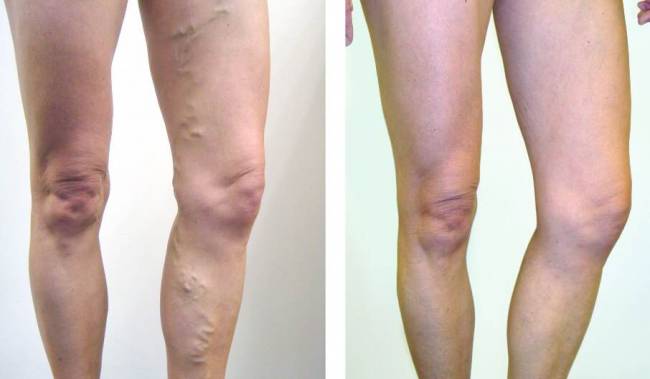If the thought of dusting off your Bermudas for summer fills you with dread, this guide to vanquishing your varicose veins can help…
Pasty flesh can be made fit for public viewing with a drop of fake tan, scaly knees need a splash of moisturiser and gorilla-like hair can be tamed with some clippers. However, if your leg hangups are in fact skin deep, and you suffer from varicose veins, it’s time to address the issue so you feel more body-confident on the beach this year.
We asked Professor Mark Whiteley, a Consulting Vascular Surgeon for the lowdown on the issue…
Causes
“There is a stereotype that it is only the old and the overweight that will suffer from varicose veins. In reality up to 30% of all adults will be affected by them and contrary to popular belief, weight doesn’t make any difference. The most common cause is hereditary and they can strike at any time of life although it does become commoner with passing years.
Varicose veins occur when valves in our leg veins stop working properly, allowing the blood to fall back down the veins the wrong way, stretching the vein walls and damaging the surrounding tissues. In their simplest form, varicose veins can be identified as the bulging veins which protrude from the legs. However, shockingly, up to half of all varicose veins sufferers will show no overt signs of the condition until a complication arises, as the troublesome veins remain hidden deeper under the skin where they cannot be seen without a scan.
Worryingly, up to 89% of people who believe they are suffering from harmless thread veins on the surface of their skin are actually displaying signs of these “hidden varicose veins”. The majority of people will simply ignore these veins as they assume them to be a ‘cosmetic condition’, and will often seek simple removal of these thread or spider veins. However if the underlying hidden varicose veins have not been found and treated first, then thread or spider vein treatments are much less likely to work.
Treatments
Mark says, “If you’re worried that you may be suffering from a venous condition, my advice would always be to go and see a specialist vascular consultant who will arrange for their specialist vascular technologist to give you a venous duplex scan. This scan will tell the consultant whether there are any hidden problems and from here, they will be able to decide upon the best course of action.”
There are many modern endovenous (inside the vein) techniques available for treating varicose veins quickly and effectively – and don’t worry, the scary sounding vein stripping procedure isn’t one of them!
Venaseal Glue – A ‘superglue’ treatment for the veins
Foam Sclerotherapy – Involves sclerotherapy liquid mixed with gas to form a foam. When injected into a vein, the foam pushes all of the blood out of the vein leaving the sclerotherapy liquid behind to destroy the vein.
VenaCure EVLT Never Touch Direct (NTD) system – A very tiny catheter has multiple advantages over most other endovenous laser systems.
TRLOP – Invented by The Whiteley Clinic in 2001, this technique closes small perforator veins, reducing the risks of veins recurring after treatment.
Not all health professionals are aware of these newer, more effective treatments and how to use them to their best advantage, which is why it is always really important to go and see a veins specialist who deals with venous conditions day in day out – and also does the research to find our which ones work best.

For more information about treatments offered by The Whiteley Clinic please visit: www.thewhiteleyclinic.co.uk








